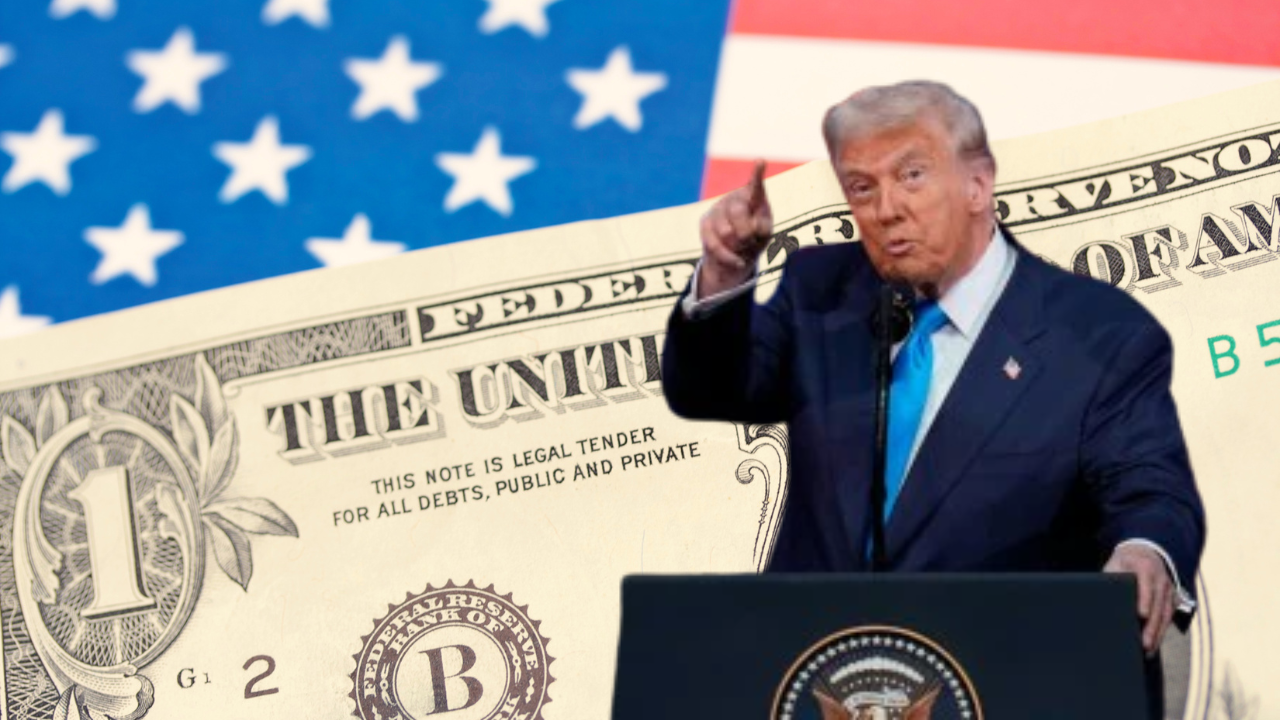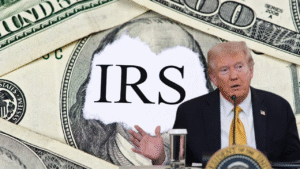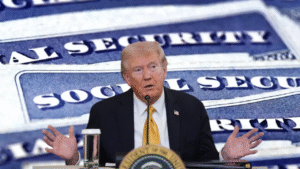For the first time in nearly a century, it looked like the monthly Social Security paper check was about to disappear. The Social Security Administration (SSA) had planned to mail its final batch of paper checks on September 30, 2025, marking the end of an era for millions of retirees. But after a surge of public criticism and concern from seniors nationwide, the agency reversed course — opting instead for a slower, more flexible transition to digital payments.
The decision reflects a broader tension in U.S. policy: the drive toward digital efficiency versus the responsibility to protect accessibility for vulnerable Americans.
A Push Toward the Digital Age
The U.S. Department of the Treasury has been advocating electronic payments since 2011, arguing they are safer, faster, and less costly to taxpayers. Each paper check costs roughly 50 cents to print and mail, compared to just 15 cents for a direct deposit or electronic transfer.
Security has also been a key issue. According to Treasury data, paper checks are 16 times more likely to be lost or stolen than electronic payments — resulting in millions in replacement and fraud-related costs each year.
The transition accelerated in March 2025, when former President Donald Trump signed an executive order directing agencies to “eliminate physical payments to the extent permitted by law.” The SSA planned to comply by ending paper checks at the end of September.
By that point, 99.4% of the nation’s 69.5 million beneficiaries already received electronic payments, leaving around 400,000 Americans — many of them older adults — still dependent on paper checks.
| Key Figures (Sept. 2025) | Details |
|---|---|
| Total Social Security beneficiaries | 69.5 million |
| Electronic payment users | 99.4% |
| Paper check recipients | ~400,000 |
| Cost per paper check | 50¢ |
| Cost per electronic payment | 15¢ |
Who Still Relies on Paper Checks
The remaining 0.6% of recipients are among the most digitally disconnected Americans — seniors in rural areas, those without bank accounts, or individuals who struggle with cognitive or physical disabilities.
“These are not people resisting progress,” said Nancy Altman, president of Social Security Works. “They’re people who can’t safely or feasibly switch to digital payments. For them, a paper check is not nostalgia — it’s necessity.”
According to the FCC, more than 17 million Americans still lack reliable broadband access, a reality that disproportionately affects rural and tribal communities. For these individuals, online banking or digital government portals are simply out of reach.
The Backlash and Sudden Reversal
After the SSA’s September announcement, advocacy groups and lawmakers flooded the agency with objections. Seniors expressed fear that the change would cut them off from vital income.
On September 19, 2025, just 11 days before the deadline, the SSA released a blog post reassuring the public that no one’s benefits would be interrupted if they hadn’t switched to electronic payments.
By early October, Matthew Bilenki, SSA’s Director of Finance and Management, confirmed that the agency would continue mailing checks indefinitely for recipients who meet hardship criteria, such as lack of banking access or disabilities.
“Our goal is digital access — not digital exclusion,” an SSA spokesperson said.
| Updated SSA Policy (Oct. 2025) | Description |
|---|---|
| Electronic payments encouraged | Direct deposit or Direct Express card |
| Paper checks remain | For hardship cases |
| Hardship criteria | No bank access, disability, or cognitive barriers |
| Deadline | Indefinite extension |
| Outreach | Calls, mailers, and in-person assistance |
Balancing Modernization and Inclusion
Federal agencies have long argued that moving away from paper reduces waste and fraud, but critics say digital mandates often ignore real-world barriers.
“You can’t modernize your way past human reality,” said an AARP policy analyst. “For many older Americans, navigating apps, two-factor authentication, or password resets can be overwhelming. They need stability, not more hoops.”
The SSA’s decision mirrors challenges faced by other federal departments — including the IRS, Veterans Affairs, and Medicare — all trying to automate while preserving accessibility.
What Happens Next
SSA officials say their long-term goal remains 100% digital payments, but there’s now no fixed deadline to eliminate paper checks.
Each mailed check now includes information about three available options:
- Direct deposit into a bank or credit union account
- Direct Express® Debit Mastercard, for unbanked recipients
- Hardship waiver, available for those unable to transition
SSA field offices are expanding outreach efforts — helping seniors set up accounts, providing printed guides, and walking beneficiaries through the process step-by-step.
As one Texas retiree told a local paper, “I’ve gotten a check every month since 1991. I’ll stop cashing it when they stop printing it.”
FAQs
Did SSA stop mailing checks on September 30, 2025?
No. The agency reversed the decision and continues issuing paper checks for eligible hardship cases.
Why was the change proposed?
To reduce administrative costs and prevent fraud, since electronic payments are cheaper and more secure.
Who qualifies to keep receiving paper checks?
Beneficiaries who lack banking access, have disabilities, or face cognitive barriers.
Will paper checks end in the future?
Not yet. SSA has no immediate plans to end paper checks for hardship cases but continues promoting electronic payments.
What’s the bigger issue?
Balancing modernization with accessibility — ensuring that no one is left behind in the digital transition



